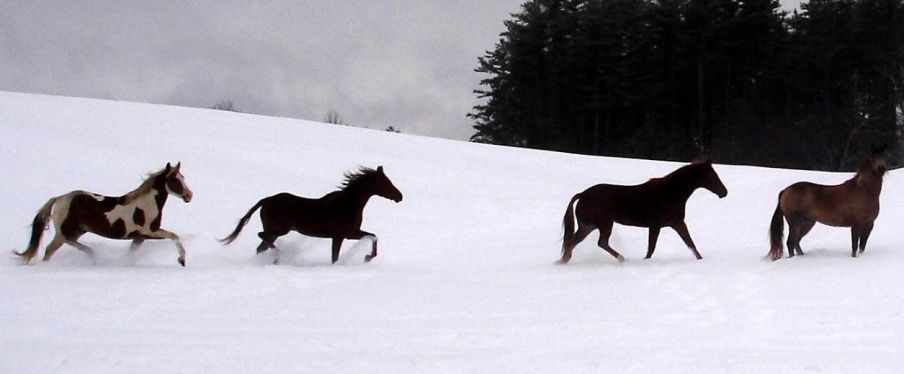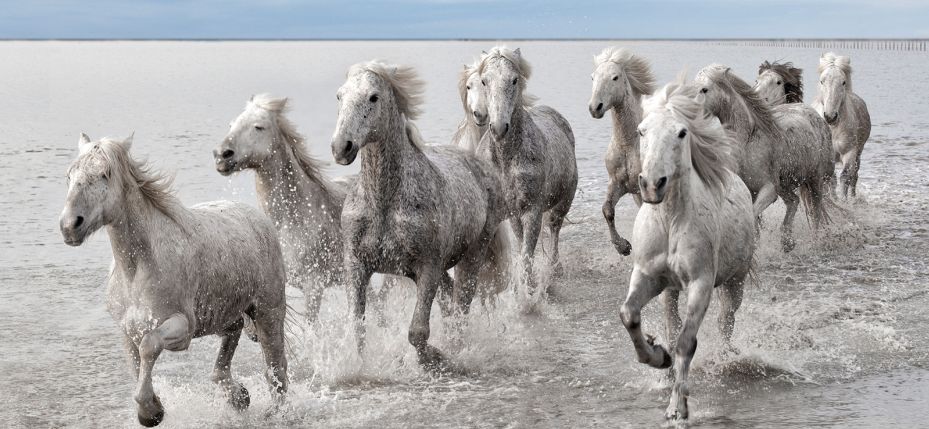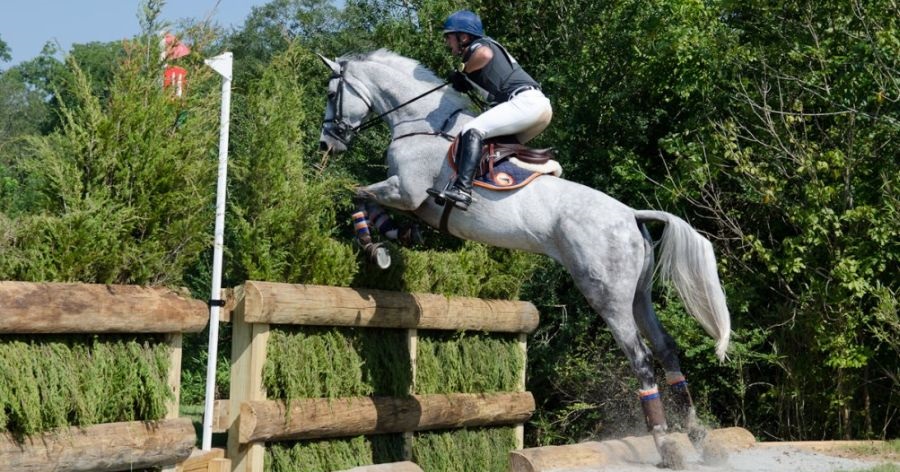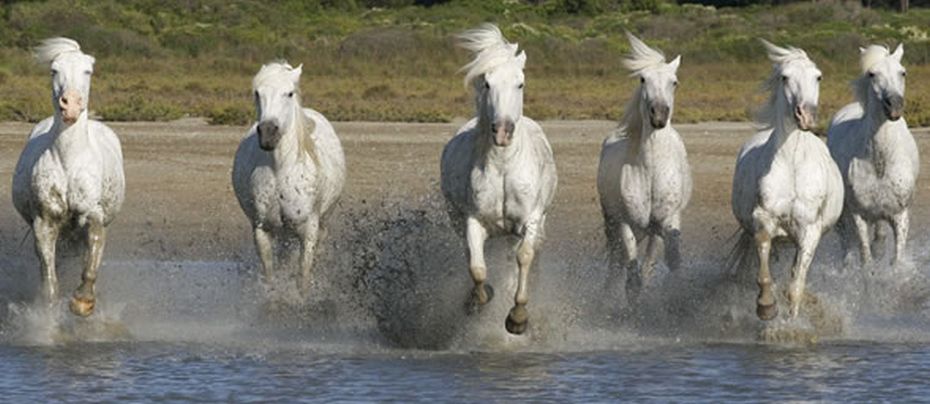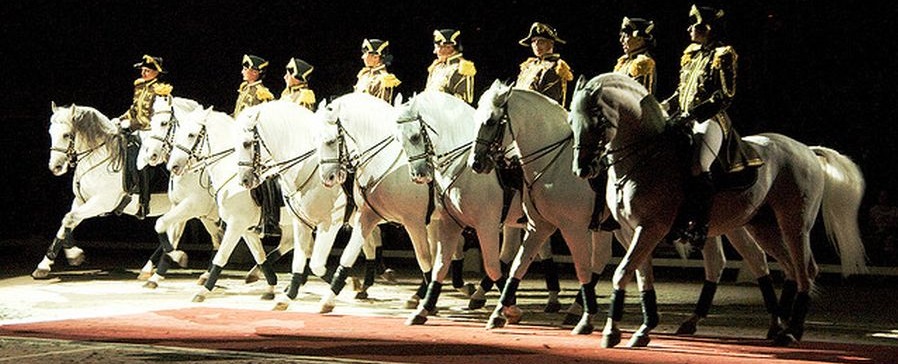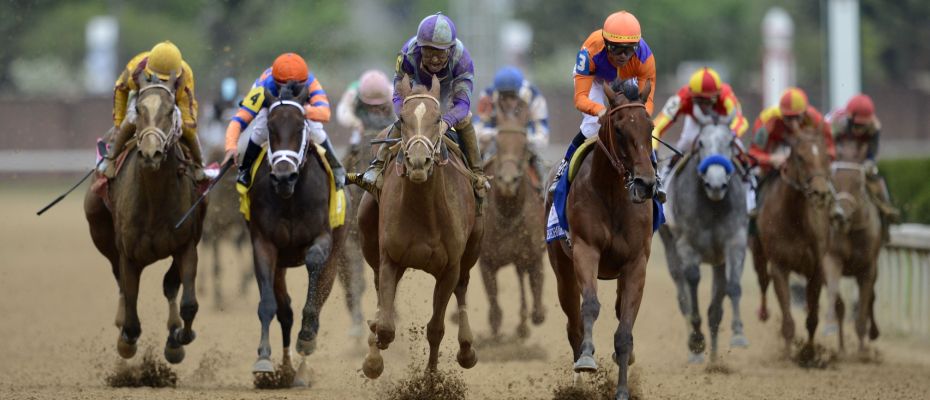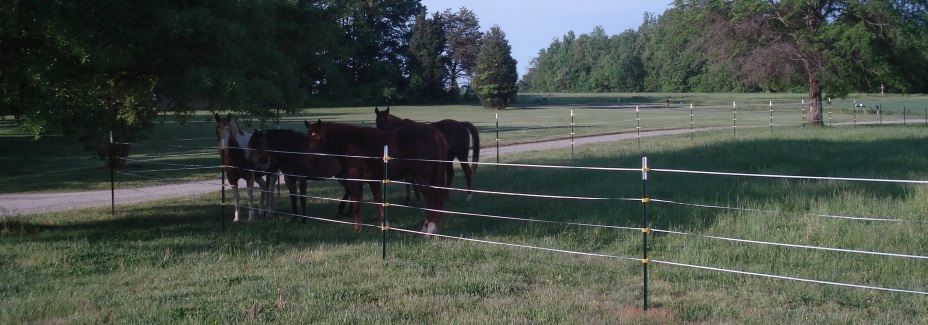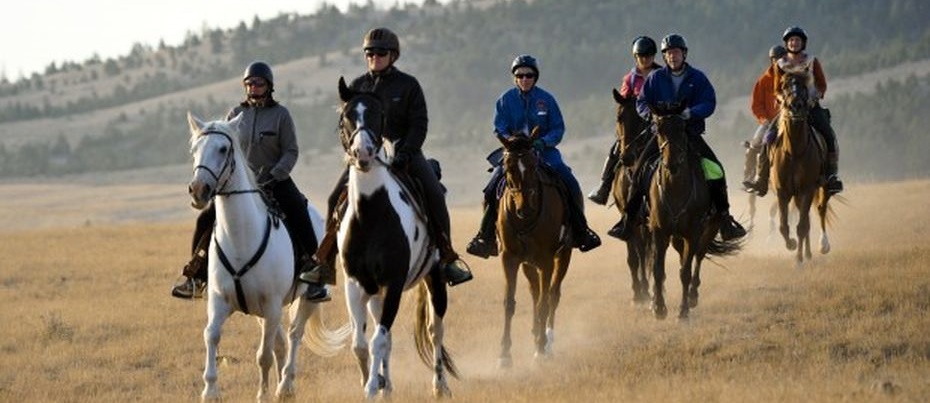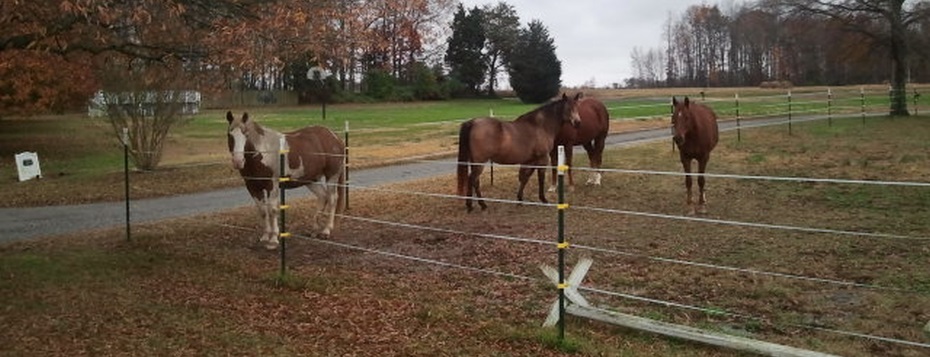My Favorite Quotes
Barefoot Is For Every Horse
though not for every owner as it takes knowledge and patience to take a horse barefoot who has been damaged by shoes. Shoes do absolutely nothing for a horse….except mask pain by acting as an anesthetic. How do to they do that? Glad you asked. A horse has a tiny heart compared to all other mammals. (.62% to .86% of body mass). That is, his heart is small relative to his size. He depends on the proper deformation of his four hoof capsules to push blood out of his hooves…uphill. You’ll notice that there are no muscles below the knee to aid in circulation.
A shoe fixates a hoof in its narrowest or smallest form. And to add insult to injury, it prevents the hoof capsule from deforming properly, that is, opening up as much as it needs to, to allow for sufficient blood flow. The decrease in blood flow decreases nerve transmission and has the same affect as an anesthetic. Have you ever sat on your hand and had it go to sleep. This is due to ischemia, or a restriction in blood supply to tissues, causing a shortage of oxygen and glucose needed for cellular metabolism and nerve transmission. Taking the shoe off results in reperfusion, a return of blood to oxygen starved tissues and a return of nerve function. (That tingly sensation you get as everything ‘wakes’ up). If there is damage to tissues, ligaments and/or cartilage, the horse feels it and the superknowledgeable vet/farrier/owner says, ‘See, my horse needs shoes.’ Shoes are an unnecessary evil for horses and a handy dandy tool for idiot, ignorant, lazy owners to forgo the time and trouble to learn and then do what is biologically correct for the horse.
And what is the affect of shoes (and keeping horses in stables and feeding sweet feed and corn… issues for another time) on the long term health of a horse? Wholly negative. In addition to cutting their lifespan roughly in half for our ignorance and laziness, they are subject to a host of lameness issues so much so that a leading farrier journal claims that 80% of all horses are lame. And if you don’t believe that just go to a major horse show like dressage or hunter/jumper or grand prix jumping sometime and see how many horses are lame. While there, pay attention to the hooves and you will be witness to some of the most atrocious hoof care you will never want to see again.
The Art of Horsemanship Circa 350 BC
Xenophon was a Greek military commander who wrote what is believed to be the 2nd book (in Western Civilization, the first being written by an Athenian horse trainer named Simon) on the art of horse care with particular emphasis on war horses. Long before the Middle Ages barbaric practice of nailing steel to a hoof, horsemen/cavalrymen knew how to keep a horse’s barefoot hooves sound.
I give you Xenophon in his own words as translated by Morgan.
‘While it is very important to attend to food and exercise in order to keep the horse sound, it is just as important to pay attention to the feet. A damp and smooth floor ruins even naturally good hooves. To prevent the floor being damp, it should be sloped with drains, and to avoid a smooth surface, cobble stones should be sunk side by side in the ground and they should be the size of the horse’s hoof A stable floor of this type is designed to harden the feet of the horses standing on them.
Then surely it will be the groom’s job to lead the horse out to be combed and brushed, and after the morning’s feed to untie the horse from the feed bin, so that the horse will take greater delight in the evening feed. To make the best type of stable yard and with a view to strengthening the horses feet, I would suggest to procure and spread out on the surface, four or five wagon loads of pebbles, each as large as can be grasped in the hand, and about a pound in weight. These should all be fenced round with a skirting of iron to prevent them scattering. The mere fact of the horse standing on these will have precisely the same effect as if the horse were walking along a stony road for some time each day.
The horse, while being brushed or being annoyed by flies, will be forced to use the hooves just as much as if the horse were walking. A surface covered in this way with stones will also tend to harden the frog.
Just as care is needed to make the hooves hard, a similar effort should be taken to make the mouth and jaws soft The same methods and equipment which will make a persons flesh soft, may be used with the same effect on a horse’s mouth.’
I tell clients they can’t ride a horse on ground tougher or harder than what their horse lives on. For some, this isn’t a problem. But for those folks who seem to think the essence of horse riding is down the stone beds of railroad tracks, well then, they just have to get the same rock and make sure the horse spends a few hours every day on that rock. Riding on asphalt helps as well. But the idea is to train the hooves for the hardest, toughest terrain they will be used on. Seems like pretty good advice for any athlete: train for what you will be doing.
Orthopedic Trimming
Or Why Every Horse Deserves A Physiologically Correct Barefoot Trim.
Two things require explanation here.
First, Physiologically Correct, as in meeting the bio-physiological needs of the horse. There are a whole lot of things in conventional wisdom that are for sure, true as can be, I know for certain ’cause my vet told me so and ‘that’s the way my farrier done my horse.’ Like trim the hoof capsule to the same angle as the shoulder or the pastern. It shouldn’t take more than a moments reflection on that country myth to know what’s wrong with it and that there isn’t a shred of truth in it. There’s a manure spreader full of nonsense out there but, for today, I want to concentrate on a few things that it does mean and leave the wild ass guessing to others.
It means that the hoof is in Anterior/Posterior balance. Front to back. It means that it is balanced Medio-laterally. Side to side. It means that the bottom of the wall in the quarters area is not in a plane with the toe or heel buttresses but are slightly concave to that plane to allow the hoof capsule to deform properly. It means the bars are trimmed in a rising slope from anterior to posterior. It means that the coronet band is a plane and not bowed up or down. It means that for the size of the hoof and weight of the horse there is an appropriate convexity of the solar surface. It means the hoof capsule is trimmed so that when the horse is standing squared up, his coffin bone is ground parallel.
If that’s all true, and it is, it means that NO shoe, EVER, should be NAILED to a horse’s hoof. I am still astounded at how dense people are with what is wrong with nailing steel to the bottom of a horse’s hoof. Maybe it was my years of schlepping across parking lots in ski boots that made me sensitive to the issue of a fixed, non-flexing piece of steel on the bottom of a horses’s hoof but it just seemed instinctually wrong. Just a gut reaction that was strongly against it even since childhood. That little voice remained little and in the background until it came time to put shoes on my horse. Then it came rushing forward as NOOOOOOOOOOOOOOOOOOOOOOOOOOOOOO! This is just plain wrong. I couldn’t give you all the reasons at the time but there was no way in hell anyone was going to nail steel to the bottom of my horse’s hooves. Then I read Jamie Jackson and had reasons and clarity. Then I read Hiltrud Strasser and felt vindicated.






